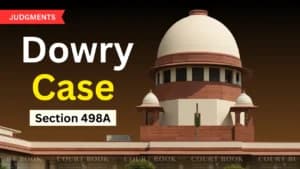The Allahabad High Court has instructed the Archaeological Survey of India (ASI) to carry out the whitewashing of the outer facade of Sambhal Jama Masjid. The court has mandated that the mosque management committee cover the cost of this maintenance work within a week. The decision follows a petition filed by the mosque management committee, and the court will reexamine the matter on April 8 based on the conditions specified in the ASI report.
Presiding over the case, Justice Rohit Ranjan Agarwal emphasized that any flaking sections of the mosque’s facade must be restored through whitewashing. The court has explicitly prohibited the use of LED or focus lights to illuminate the structure’s periphery, stating that additional lighting installations could potentially damage the historical site.
"Barring the use of LED or focus lights to illuminate the periphery, there should be no extra lighting installation on the walls lest they damage the structure." — Allahabad High Court
Read Also:- Allahabad High Court Orders ASI to Complete Whitewashing of Sambhal Jama Masjid Within a Week
ASI’s Role and Findings in the Case
The ASI submitted a second supplementary affidavit on Wednesday in response to the court’s directive issued on March 10. This affidavit was intended to clarify whether whitewashing, additional lighting, or decorative light installations were necessary for the exterior of the mosque.
SFA Naqvi, the counsel representing the mosque committee, argued that the ASI had never explicitly stated in its affidavit that such maintenance work was unnecessary. Meanwhile, Manoj Kumar Singh, representing ASI, acknowledged the presence of flaking on the structure’s exterior. However, he asserted that a conclusive decision on the extent of required work could only be made following a thorough survey by archaeologists and conservation experts.
The legal proceedings regarding the whitewashing of the mosque’s exterior have been ongoing for several weeks. On February 27, the court directed ASI to inspect the site and submit a detailed report the following day. The ASI’s findings indicated that the enamel paint on the structure was still in good condition. Following this, the court instructed ASI to clean the surroundings and trim the overgrown grass in the area.
Additionally, the court permitted the mosque management committee to file objections against the ASI’s report if they found any discrepancies.
The Allahabad High Court has scheduled the next hearing on this matter for April 8. During this session, the court will reassess the situation based on the ASI’s evaluation and determine whether further measures are needed.
The ruling underscores the judiciary’s commitment to preserving historical structures while balancing the concerns of various stakeholders. The outcome of the upcoming hearing will further shape the course of maintenance and conservation efforts for the Sambhal Jama Masjid.













